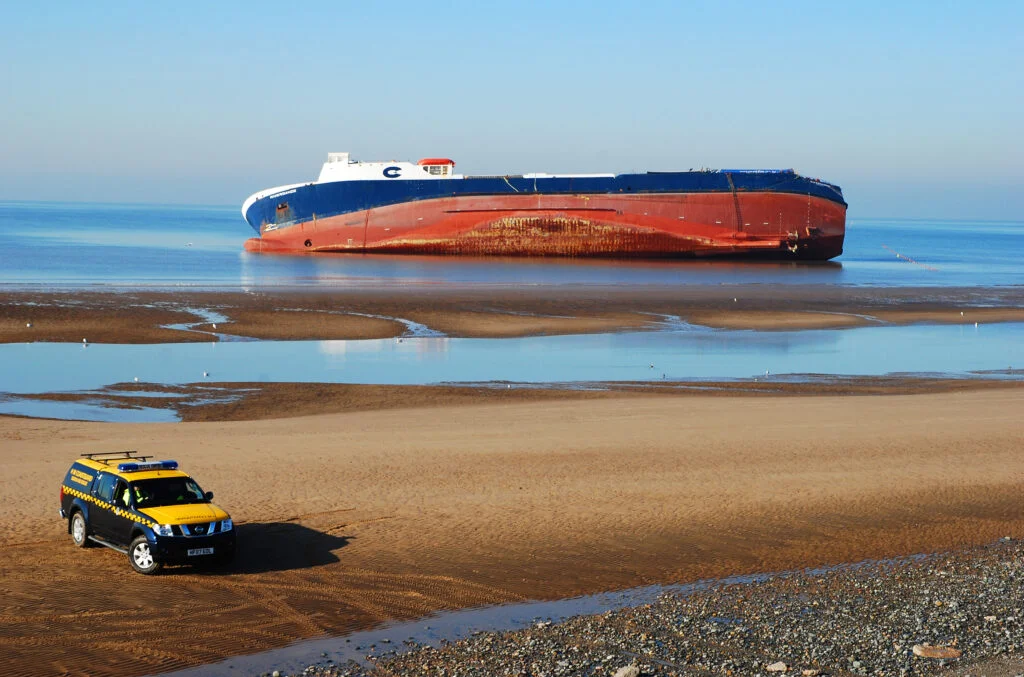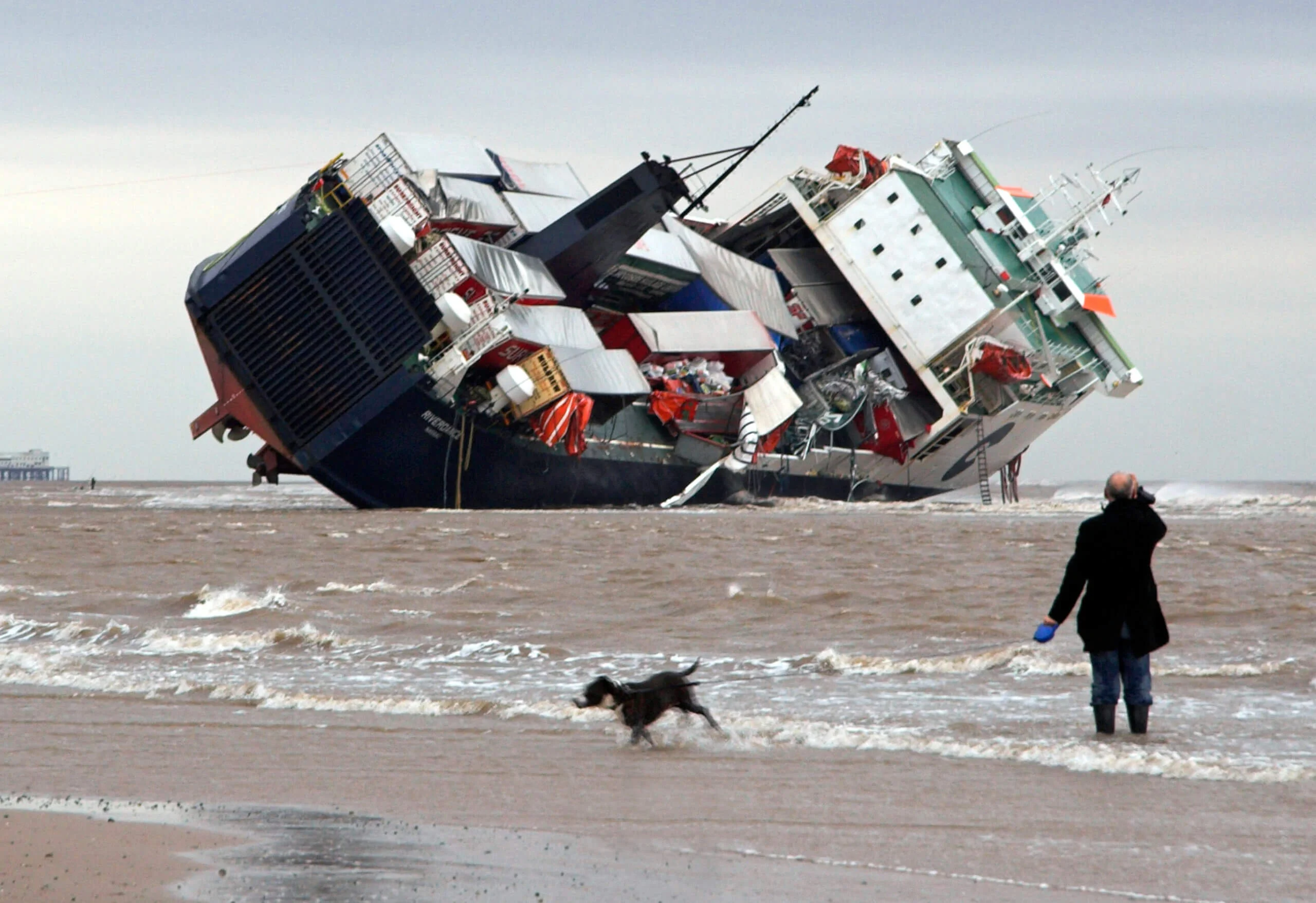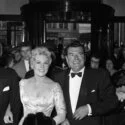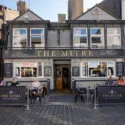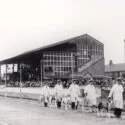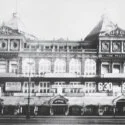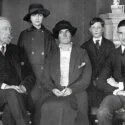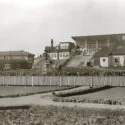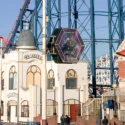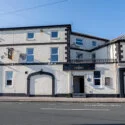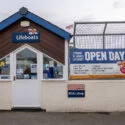On 31 January 2008, a container ferry got stuck on the beach near Anchorsholme, close to Cleveleys. By the morning of 1 February, people in Cleveleys and Anchorsholme woke up to find the Riverdance shipwreck on their shores. The Riverdance ferry was traveling from Ireland to Heysham when a huge wave hit it during a strong storm with winds up to 80 mph. This caused the ferry to tilt and eventually run aground at Anchorsholme, where northern Cleveleys begins.
Emergency services, including the RNLI and helicopters, quickly responded. They later described the weather as some of the worst they had ever faced. Amazingly, by 4 a.m., all passengers and crew were safely rescued from the ship, and no lives were lost despite the dangerous conditions. The ferry remained stuck on the beach for several months. At low tide, the Riverdance was fully out of the water, surrounded by sand. Due to its size, it was easily visible in the water when the tide came back in, lying at a slight angle with all the trailers and cargo on its upper deck clearly visible from the shore.
The Riverdance shipwreck quickly became a tourist attraction, making Cleveleys experience its busiest winter ever. News and TV coverage drew crowds from near and far to see the ship stranded on the beach. Roads in and around Cleveleys quickly became crowded, and police had to close streets near the seafront due to the heavy traffic. The promenade and side streets were packed with parked cars, and local shops in the town centre had their busiest winter season ever. The salvage operation took longer than expected, but by October 2008, the ship had been taken apart down to beach level. Between February and April, around 100,000 visitors came to see the sight.
There have been several shipwrecks on the beaches of the Fylde coast over the years, a few more can be found on the timeline: HMS Foudroyrant, the Abana and the Sirene.
